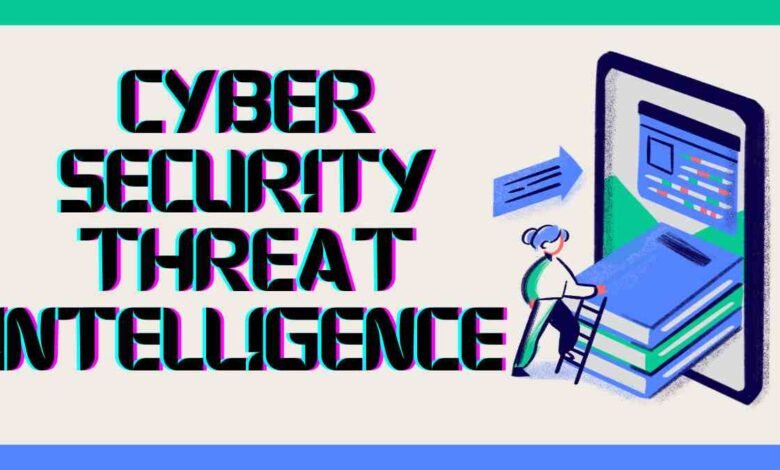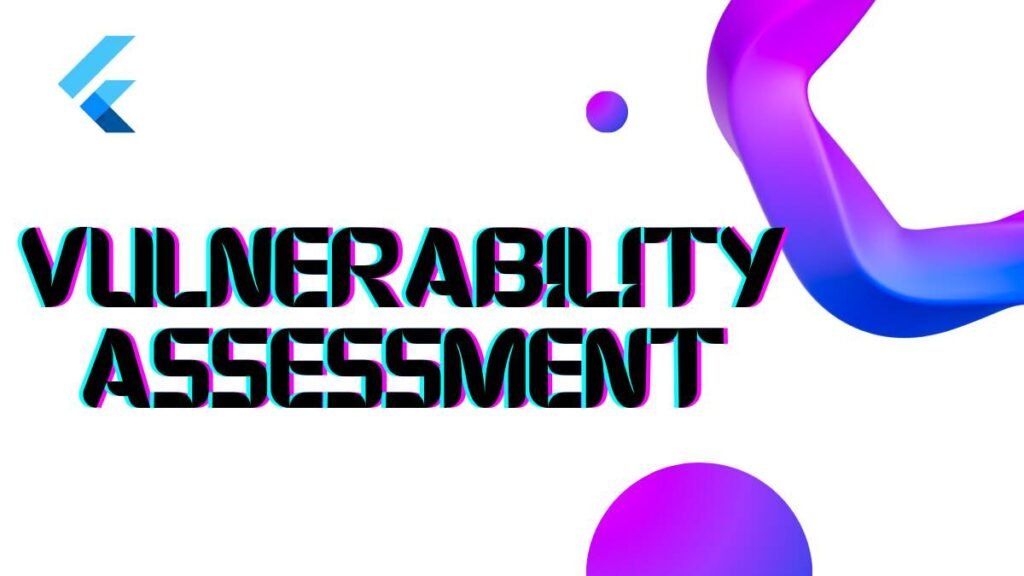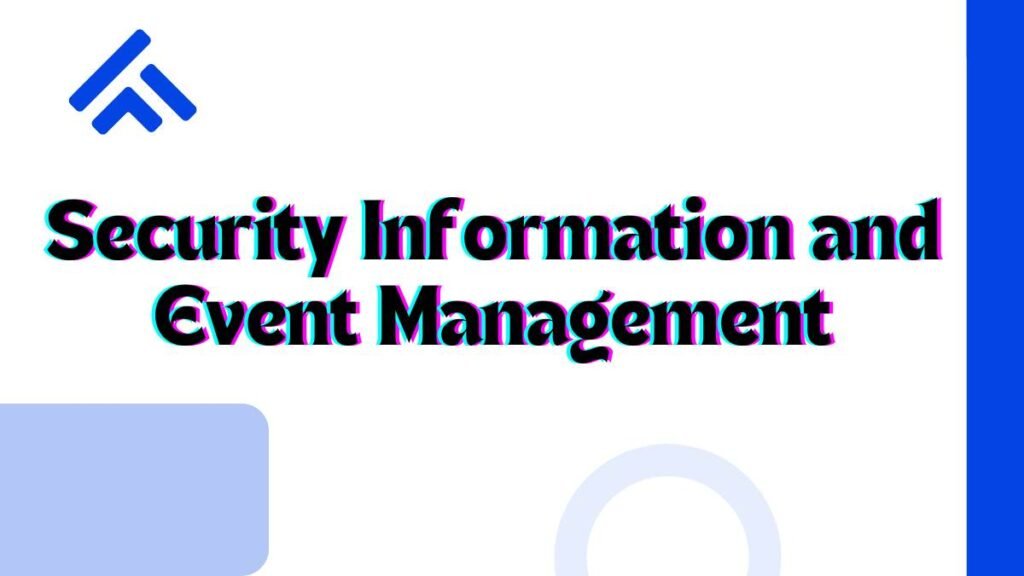Cyber Security Threat Intelligence: Essential Guide for 2024

Cyber security threat intelligence, cybersecurity threats are growing at an alarming pace. Organizations of all sizes are continuously targeted by hackers and cybercriminals, leading to data breaches, financial losses, and reputational damage. This is where cyber security threat intelligence comes into play, providing critical insights that help identify, predict, and mitigate digital threats before they cause harm. This article delves into the significance of cyber security threat intelligence and covers the essentials, such as threat hunting, vulnerability assessment, incident response, attack surface monitoring, and Security Information and Event Management (SIEM).
What Is Cyber Security Threat Intelligence?
Cyber security threat intelligence refers to the process of collecting, analyzing, and utilizing information about potential or actual threats to an organization’s digital assets. This intelligence empowers organizations to make proactive decisions, enhance their defense strategies, and minimize risks. By leveraging threat intelligence, companies can stay ahead of the curve and build stronger resilience against cyber-attacks.
The Role of Threat Intelligence in Cybersecurity
Threat intelligence plays a crucial role in safeguarding digital ecosystems by providing actionable insights about adversaries, their tactics, techniques, and procedures (TTPs). But how does this work in practice?
Proactive Risk Mitigation
Rather than reacting to incidents after they happen, threat intelligence helps organizations anticipate risks before they manifest. This shift from a reactive to a proactive security posture significantly reduces the chances of a successful attack.
Enhanced Decision Making
Security teams rely on up-to-date threat intelligence to make informed decisions about defense strategies. By knowing which threats are most relevant to their industry, they can focus resources on addressing the most dangerous vulnerabilities.
Threat Hunting
Threat hunting is a proactive cyber defense strategy where security professionals actively search for hidden threats within an organization’s systems. Rather than waiting for automated tools to detect anomalies, threat hunters dig deep into network activity, logs, and other data to uncover malicious activity that might otherwise go unnoticed.
Benefits of Threat Hunting
Early Detection Identifies potential attacks before they escalate into major incidents. Improved incident response provides critical insights that allow faster containment and resolution. Deeper understanding of attack patterns by tracking and analyzing the tactics used by attackers, organizations can continuously improve their defense mechanisms.
Must Visit: Glow Fund
Vulnerability Assessment

Vulnerability assessment is a critical part of threat intelligence that involves identifying, quantifying, and prioritizing the vulnerabilities in a system. This assessment enables organizations to address security flaws before cybercriminals can exploit them.
Components of Vulnerability Assessment
Network Scanning
Analyzes an organization’s internal and external network for open ports, services, and potential entry points.
Patch Management
Ensures that all software and systems are up-to-date with the latest security patches.
Penetration Testing
Simulates real-world attacks to identify how easily an adversary can infiltrate a system. By regularly conducting vulnerability assessments, organizations can stay ahead of potential threats and secure their infrastructure.
Incident Response
No matter how robust an organization’s security infrastructure is, cyber incidents are inevitable. Incident response is the process of detecting, investigating, and mitigating these incidents. A well-prepared incident response team is essential for minimizing the damage and quickly restoring normal operations. An effective incident response plan minimizes the impact of cyber incidents and strengthens an organization’s ability to bounce back quickly.
Attack Surface Monitoring
As organizations adopt new technologies and digital assets, their attack surface—or the sum of all possible entry points for an attacker—increases. Attack surface monitoring involves continuously identifying, mapping, and reducing these entry points to minimize the chances of a breach.
Why Attack Surface Monitoring Is Vital
Dynamic Environments
Modern IT environments are constantly changing, with new devices, applications, and users being added regularly.
Reducing Exposure
Attack surface monitoring helps security teams identify areas of exposure before attackers exploit them.
Improved Security Posture
By knowing exactly where their vulnerabilities lie, organizations can take targeted actions to reduce risks.
Security Information and Event Management

Security Information and Event Management (SIEM) tools collect and analyze security data from across an organization’s entire infrastructure. SIEM acts as a central nervous system for security operations, processing real-time alerts and providing visibility into potential threats.
Functions of SIEM Systems
Log Management
Collecting and storing logs from multiple sources to provide a centralized view of activity.
Event Correlation
Analyzing patterns across various events to identify potential security incidents. Alerting generating real-time alerts to notify security teams of suspicious activity.
Forensic Analysis
Providing insights into past incidents to help improve defenses for the future. SIEM systems are a crucial component of any modern cybersecurity strategy, allowing security teams to manage incidents more effectively and reduce response times.
How Cyber Security Threat Intelligence Enhances Overall Security
The integration of cyber security threat intelligence into a company’s defense strategy offers numerous benefits. It improves visibility, enhances risk management, and makes it easier to detect and respond to threats. Moreover, threat intelligence allows organizations to make data-driven decisions and prioritize the most pressing security risks.
Increased Awareness
Threat intelligence fosters a culture of awareness within organizations. Employees are more vigilant, and security teams are better equipped to identify the warning signs of potential attacks.
Cost Savings
By preventing successful cyber-attacks, organizations save significant amounts of money in the long run. Investing in threat intelligence reduces the financial damage caused by data breaches, downtime, and reputational harm.
Conclusion
In today’s digital landscape, organizations must stay ahead of evolving threats to protect their data, assets, and reputation. Cyber security threat intelligence provides the necessary insights to identify vulnerabilities, predict attacks, and respond quickly. With tools like threat hunting, vulnerability assessments, incident response, attack surface monitoring, and SIEM systems, businesses can take a proactive stance against cybercriminals and reduce their exposure to potential risks.
FAQs
What is the difference between threat intelligence and incident response?
Threat intelligence involves the collection and analysis of information about threats, while incident response focuses on managing and mitigating those threats when they occur.
How does attack surface monitoring improve cybersecurity?
Attack surface monitoring continuously tracks all possible entry points in an organization’s digital infrastructure, helping to minimize vulnerabilities and reduce exposure to cyber-attacks.
Can small businesses benefit from cyber security threat intelligence?
Yes, small businesses can greatly benefit from threat intelligence by identifying risks early and implementing preventive measures before threats escalate.
What role does SIEM play in modern cybersecurity?
SIEM systems provide real-time insights into potential threats by analyzing data from multiple sources, helping security teams detect and respond to incidents faster.
Why is vulnerability assessment important?
Vulnerability assessments help organizations identify and address security weaknesses before attackers can exploit them, reducing the chances of a successful breach.
Read More :Best Headless E-commerce Technology




